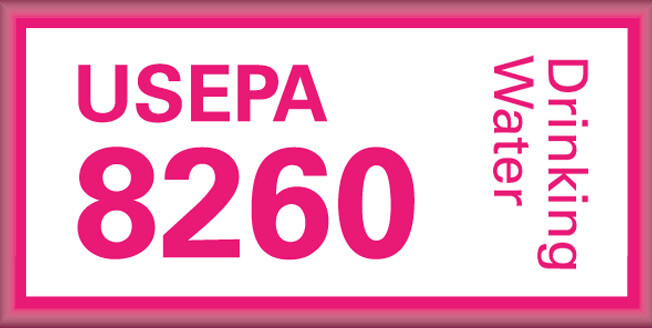
Abstract
The analytical performance of the CDS 8500 Series Purge and Trap is demonstrated for the EPA method 8260C by GC/MS analysis.
Introduction
CDS Analytical's 8500 Series Purge and Trap System is a new, fully automated Purge and Trap concentrator for the trace measurement of purgeable volatile organic compounds (VOCs) in water. The standard for compliance for water testing the the offical Interntional Standard Organization method DIN-EN ISO 15009 and U.S. EPA method 500 and 8000 series for VOCs in water. In this application note, data is presented to demonstrate that the 8500 Series Purge and Trap System meets the water testing criteria set forth by US EPA method 8260D.





